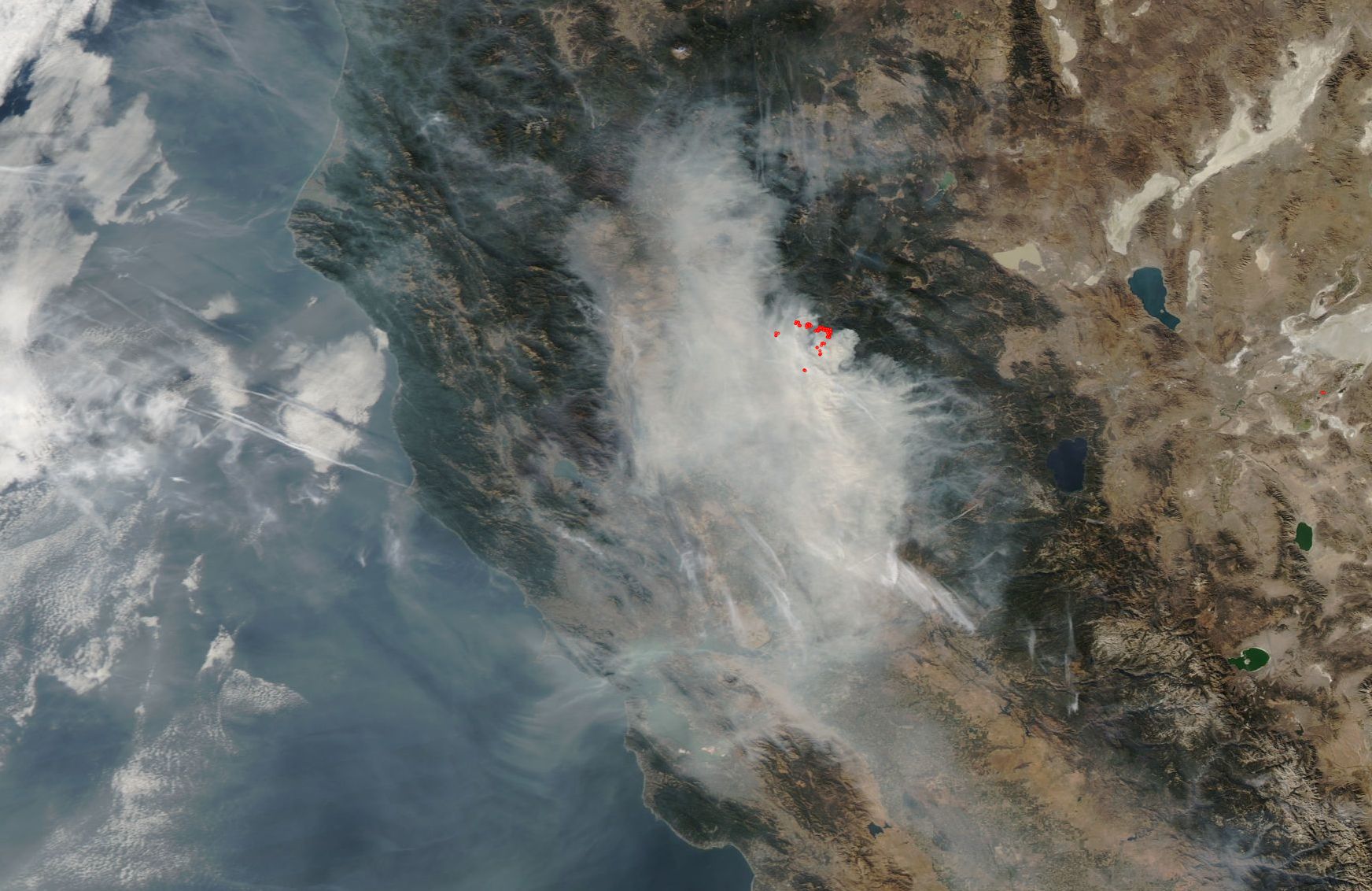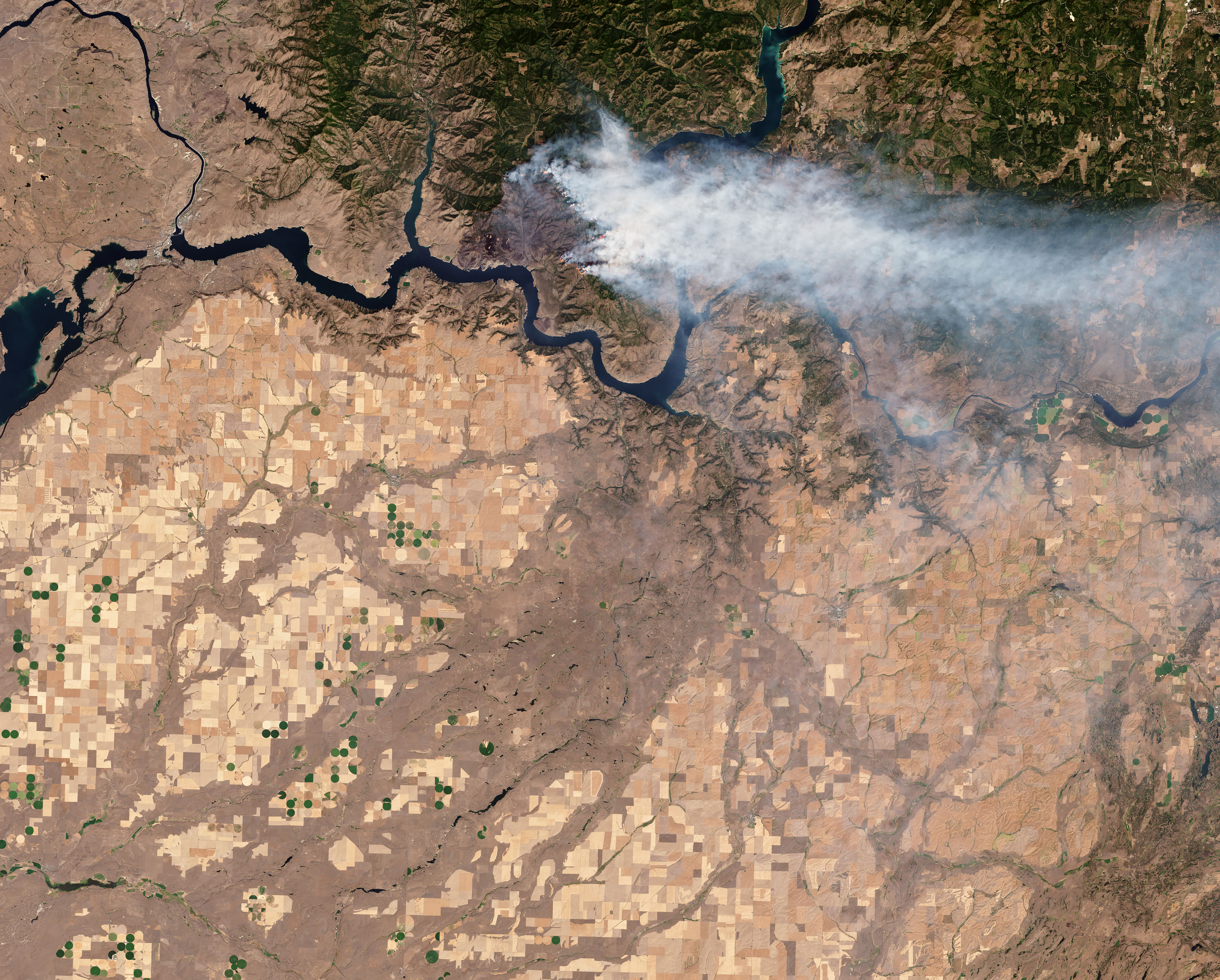Managing smoke is part of wildland fire management. Protecting human life is the foremost priority in all aspects of wildland fire management, including smoke, while protecting natural resources and personal property are secondary priorities.


Emissions
Wildland fires produce particulates and trace gases that influence the chemical composition of the atmosphere and affect the health and safety of firefighters and the public. These emissions influence the quality of the air we breathe as well as issues such as climate change. The major components of smoke are water vapor and carbon dioxide. However, smoke also contains the pollutants carbon monoxide, nitrogen oxide, hydrocarbons, and particulate matter. Because of its very small size, similar to pollen, fine particulate matter can easily penetrate deep into lung tissue, causing severe respiratory and cardiovascular disease. Particulate matter can also significantly reduce visibility on highways by scattering and absorbing light, resulting in unsafe driving conditions, making it the pollutant of primary concern for smoke management. In order to comply with the law, fire managers must understand how particulate matter affects public health, reduces visibility on highways and near airports, and impacts scenic vistas within Class I areas such as wilderness areas, national parks, and wildlife refuges.
Smoke and Prescribed Fires

During a wildfire, smoke may be difficult to manage based on conditions, however, during a prescribed or planned fire, managers can plan for weather conditions, including wind speed and wind direction, that allow for good dispersal, lessening the impact of smoke on a particular area. Managers also call off prescribed fires if conditions are not exactly right and will cause too much of an impact from smoke. Education and warnings in advance of a fire can help protect those with breathing difficulties so they can stay indoors or leave the area. Managers do everything they can to mitigate the risk from smoke, even closing roads if smoke will potentially cause accidents.
To check air quality in your area or view the fire and smoke map, visit AirNow.
For more information about smoke management visit the NWCG Smoke Committee website.








